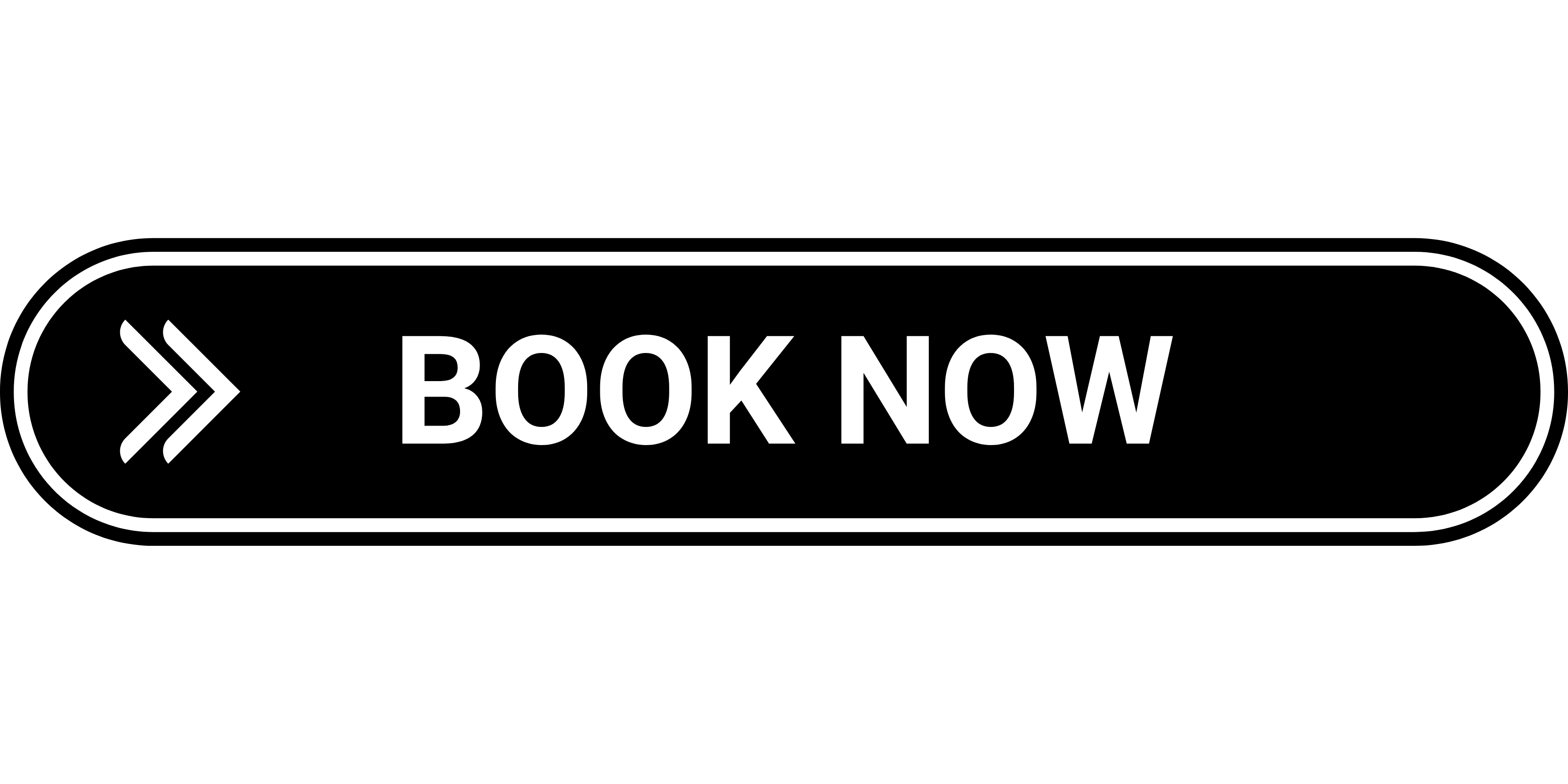Your Child Can't Concentrate? Then Neurofeedback Might Be the Answer

Most children have bursts of energy and restlessness or periods of downtime and daydreaming. However, some have trouble keeping their focus and completing tasks, which takes its toll on their development and causes them to underperform. Is your child struggling with a short attention span and a lack of concentration? Whether you are dealing with a learning disability, behavioral issues, or an ADHD/ADD diagnosis, neurofeedback can help your inattentive child gain focus.
Read on to discover everything you need to know about neurofeedback and how you can make the most of it.
A Child-Friendly Brain Training
Children with neurodevelopmental disorders can be impulsive, hyperactive, and easily distracted. Caught on an emotional rollercoaster, they struggle to control their own feelings. Neurofeedback is a method of teaching the brain to function more calmly and efficiently, to reorganize itself, regulate emotions, and improve mechanisms related to memory and learning.
How does it work?
During sessions, the children are connected to an electroencephalogram (EEG), which records brain activity and provides audio and visual feedback. The subjects are asked to watch a computer screen and perform tasks designed to activate specific areas of the brain, gradually training it to calm down and form better patterns on its own.
Approved by the FDA as a wellness and relaxation device, neurofeedback is a non-invasive therapy that produces no side effects, which makes it perfectly suitable for younger clients. NeurOptimal®, a software created to support and enhance this type of brain training. This real-time feedback feels rewarding, and it helps the child understand what it means to stay focused. They learn to observe their behavior, to be more self-aware and relaxed, to solve problems without becoming easily frustrated.
Overall, the brain starts working at a better pace and the child is more equipped to calibrate the level of concentration.
Long-Lasting Results in Managing Attention Deficit Disorders
Being the parent of a child diagnosed with behavioral disorders could be difficult, as it impacts your entire lifestyle. Dealing with temperamental outbursts and having to always be the mediator between them and the world is part of it, but there is also the strong desire of seeing them live up to their true potential. You are always looking for the best treatments to alleviate their struggles, with as few side effects as possible, as many other parents do.
A high percentage of children in the US are diagnosed with attention deficit hyperactivity disorder (about 9.4%, according to a study conducted in 2016). The usual treatment for such disorders is a combination of pharmacotherapy and behavioral therapy, both showing short-term results, with many symptoms reoccurring when the drugs are interrupted.
If you are reluctant to pursue medication treatment, or if you are looking for additional support therapy, you might want to consider looking into neurofeedback. This is an effective method of training your child’s brain to manage the symptoms of ADHD with no side effects.
Through audio and visual responses, neurofeedback sessions encourage the right kind of brain activity, developing tools for coping with the many external stimuli we all experience on a daily basis. These are a few examples of areas in which parents have noticed significant improvements:
- Attentive listening
- Standing still
- Completing tasks
- Reduced tantrums, fewer difficult moments
- Participating in organized activities without getting bored easily
- Better quality of sleep
- Higher academic performance (reflected on grades and extracurricular achievements)
- Lower stress levels
- Emotional balance
- Decreased anxiety
If you’re asking yourself what makes neurofeedback such an effective method, here’s what makes it tick.
Our brain is designed to adapt and develop in response to new information or sensory stimulation, through a complex process called “neuroplasticity”. During neurofeedback sessions, we aim to trigger this process.
As with many other therapies, the effectiveness of this method is also determined by the commitment of the participant. Long-term commitment leads to long-term results, studies have shown that significant changes can be noticed after 11-20 sessions.
Reach Out and Commit
As a certified trainer and brain health coach, I am here to help your child benefit from NeurOptimal® neurofeedback and to support you through the process.
Concerned about going to an office? Try neurofeedback at home.




